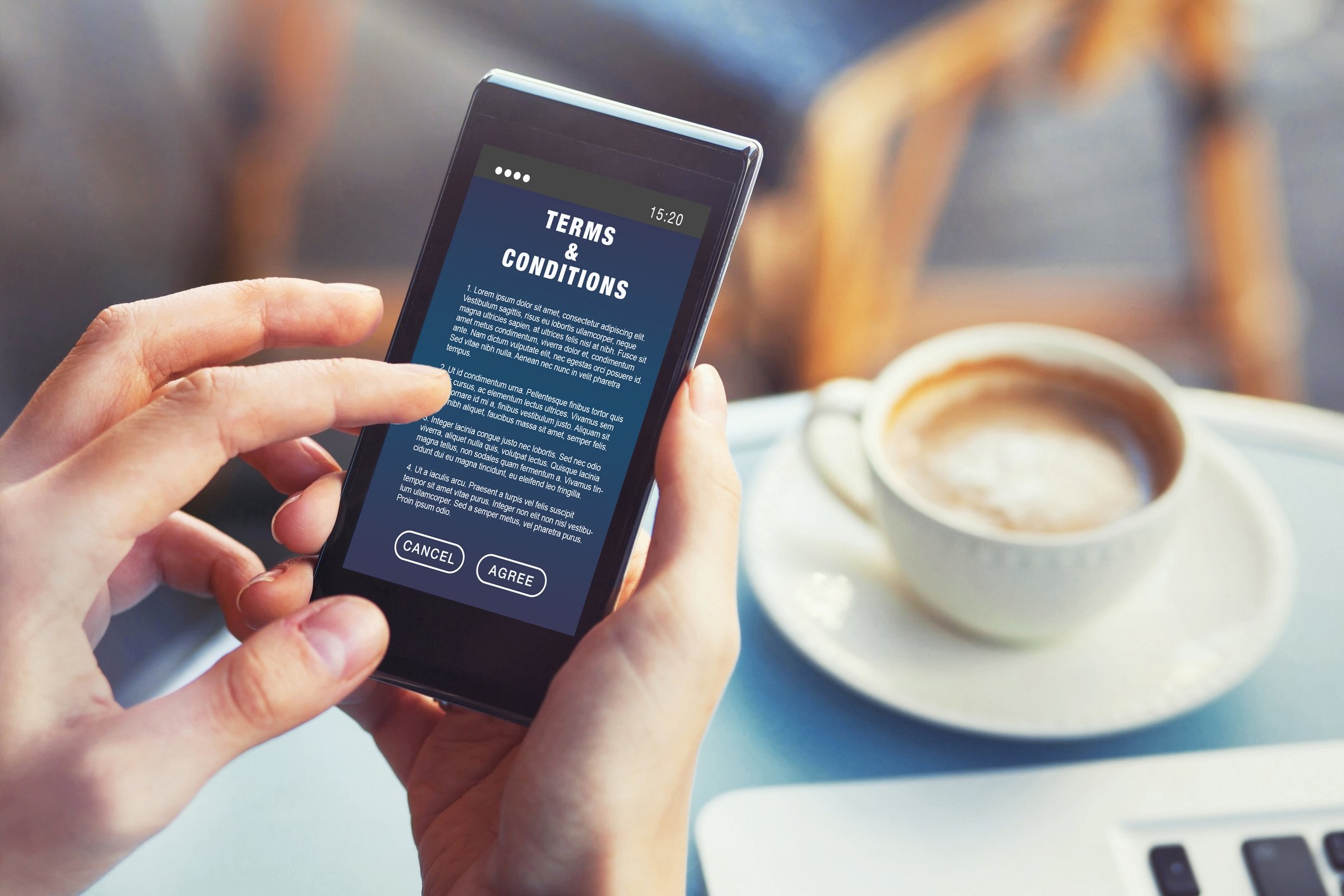Our Top 5 B2B Loyalty Marketing Trends for 2020
Motivforce B2B Loyalty Marketing Trends for 2020
By Ko de Ruyter, Debbie Keeling and David Cox, the Loyalty Doctors
1. The Rise of Machine Learning - ‘Persuasion Machines’
In today’s B2B market space, loyalty program members have more choice than ever thought possible before. But that may not always be perceived as a positive thing. Programs offer learning content, certification opportunities, social platforms and, of course, an abundance of rewards. However ‘persuasion engines’ powered by machine-learning could help loyalty program members make choices that they feel confident about.
Think of Netflix – the streaming channel presents users with recommended content and a more personalised experience based on previous viewing habits. That’s a ‘persuasion engine’ at work, combining insights from psychological science and Big Data mining, based on member profiles and preferences, the language they use on social platforms, click-through and transaction behaviours.
Recent research by Motivforce R&D reveals that members who engage with a ‘persuasion engine’ are not only more confident about their preferences, but also feel more at ease with the choices that they make. And, they are happy to share that positive experience with others. So, over the coming year we expect to witness the introduction of persuasion engines in B2B loyalty programs to guide members and help them make choices just that bit more easily.
2. Game of Thrones? Creating a Branded Storytelling Strategy
Motivforce R&D research shows that program members are looking for innovative ways of getting their attention! Program managers are taking a step back and considering the perks of developing a transmedia storytelling strategy.
This involves getting a branded story out across multiple platforms – including gamified learning, mobile apps, microsites, social communities and, yes, offline events. If you are not convinced that a Game of Thrones comms strategy can work for your program, we would recommend checking out Intel and Toshiba’s The Beauty Inside campaign to witness how two tech companies co-created a transmedia strategy that resulted in 70 million views.
You could be telling the story of your program in this way. So, why is it worthwhile considering this? Our research has uncovered compelling reasons. In today’s world, members consume content and information about your program in bite-sized pieces, i.e., on smart phones and tablets, on-the-go. We also found that your business partners have access to so much content that they filter out most of it, focusing on what they really are passionate about. Moreover, your members are not just passive recipients of content, they share, curate and create content with other members and this leads to immersive online experiences that bring your brand to life.
Cisco created ‘The Hunt’ to engage its sales force and inform them about upcoming Cisco technologies. We are not urging you to bring out the inner Spielberg. We are urging you to get more creative about your program’s comms strategy in 2020 and offer your members a platform that they can actively engage with, with passion.
3. Focus on Wellbeing
Wellness is the new golf. Across many programs wellness and well-being is a fast-growing reward category. Similar to loyalty programs, wellness is characterized by tracking behaviours through wearable devices like Garmin, Fitbit, and Apple Watches, so there is a fit (no pun intended).
Programs are recognizing this and have been moving towards integrating points towards wellness rewards using similar methods as these tracking devices. In this way, personal health and loyalty behaviours morph into one key engagement driver. Whereas many loyalty programs have been offering proof of concept within the context of employee reward programs, we predict that in the coming year this will be extended to channel and performance incentive programs. This allows for integrating your company’s strategic goals of employee and customer well-being and wellness while making these completely measurable and rewardable.
Such a loyalty strategy embeds your brand into the lifestyle goals of your customers and tracking behaviours yields the opportunity of offering personalized reward offerings. Such as exchanging lifestyle, learning or sales-based points for a yoga retreat.
4. Connecting with Climate Change and Global Challenges
Climate change, the refugee crisis, poverty, or growing mental health issues are just some of the huge challenges that our world is facing currently.
Now it is more important than ever to establish a connection between your program and the values of conducting responsible business. Many programs are getting their members involved in making this world a better place and encouraging them to think about meaningful strategies to contribute to vulnerable segments of society – to make a difference. This can be done by simply allowing your members to donate points to responsible rewards, to engaging in on-the-ground experiences to help local communities to clean up their neighbourhood or jointly introducing more renewable resources into supply chains.
One way of enabling your program with a give back twist is to partner with an energy company that co-sponsors the joint accumulation of loyalty points by a segment of your program members towards the installation of solar panels. Or why not allow your members to earn points by participating in a fundraising event or charity ride for mental health? By adding these elements to your program, it will not only make a difference, but you will also signal to your members that stewardship in relation to global and social challenges is important to your program.
5. Keeping all Members in the Loop
Through social platforms, your program members talk to each other. More than before, they know what is going on in your program.
A recent study by Motivforce R&D shows that sometimes program members can feel that they are insufficiently valued, arguing that vendors leave them out of the loop and exhibit unfair favouritism (i.e., providing preferential treatment to other channel partners). In fact, one out of three channel partners that we surveyed indicated that they felt left out when it comes to product introductions and updates, financing constructions or sales contests.
This is a problem that stays largely under the radar for many vendors. Yet, we found that it accounts for significant decreases in program satisfaction levels, opportunistic or switching behaviours and bad word-of-mouth about brands and programs. As a result of these insights we predict that our clients will face the music and start to recognize this uncharted phenomenon. Our research shows that transparent communication and universally accessible information can mitigate members’ sense of being left out.
Also, facilitating exchange and discussion within programs through social platforms helps in combatting this negative sentiment and prevents your channel partners from starting to operate strategically against you and ultimately leave your program out of their loop.
















